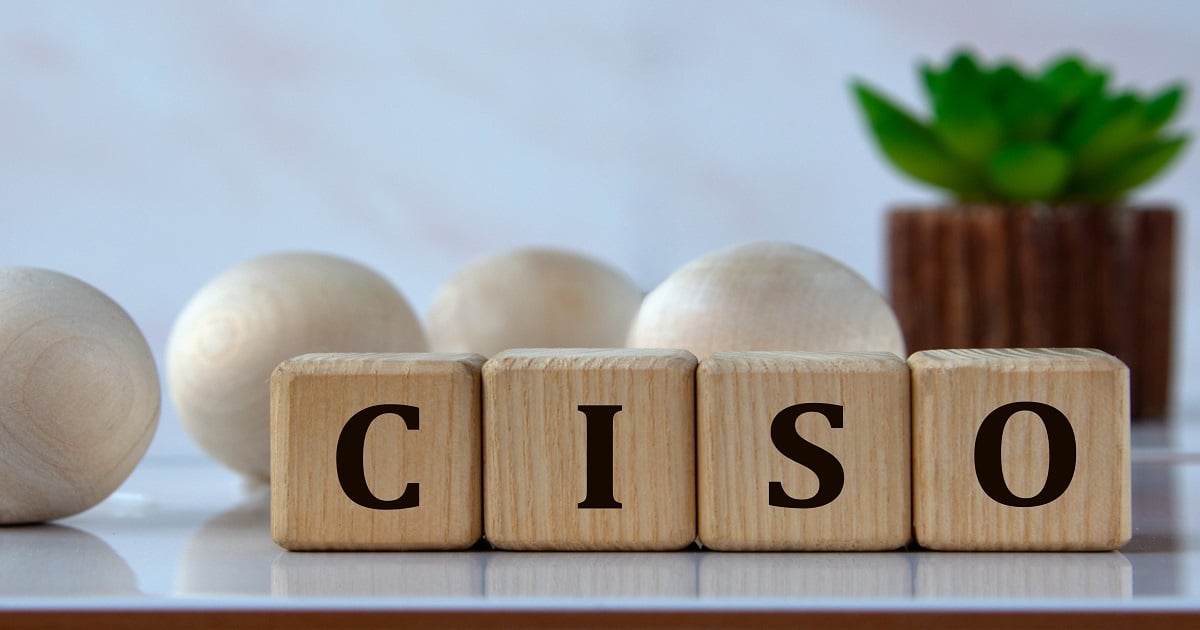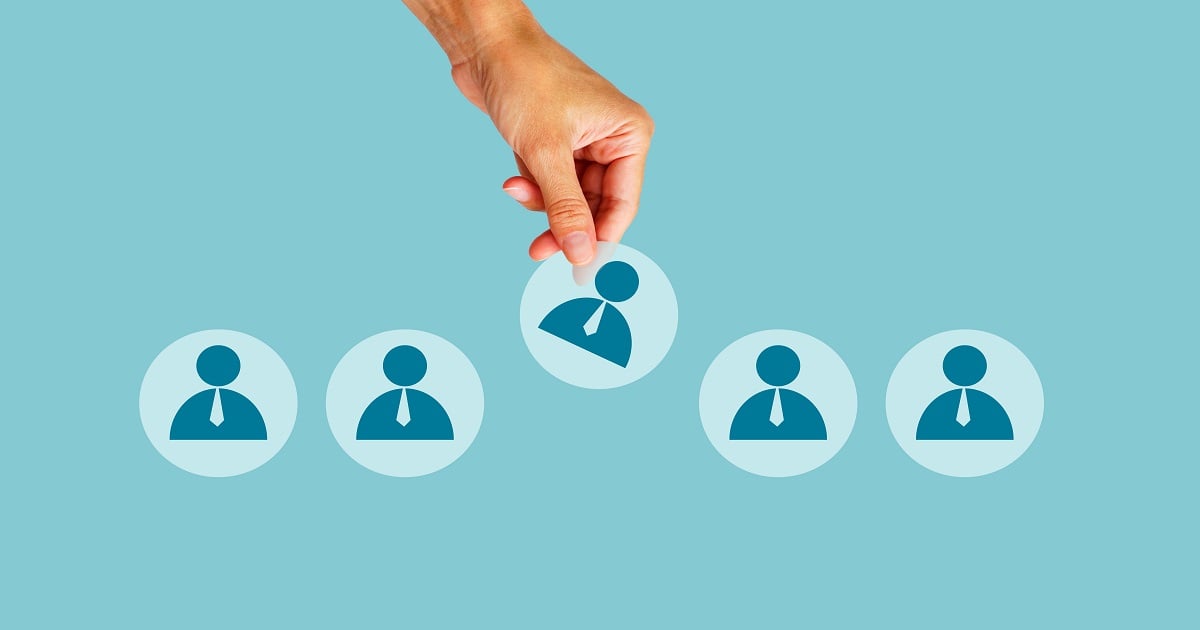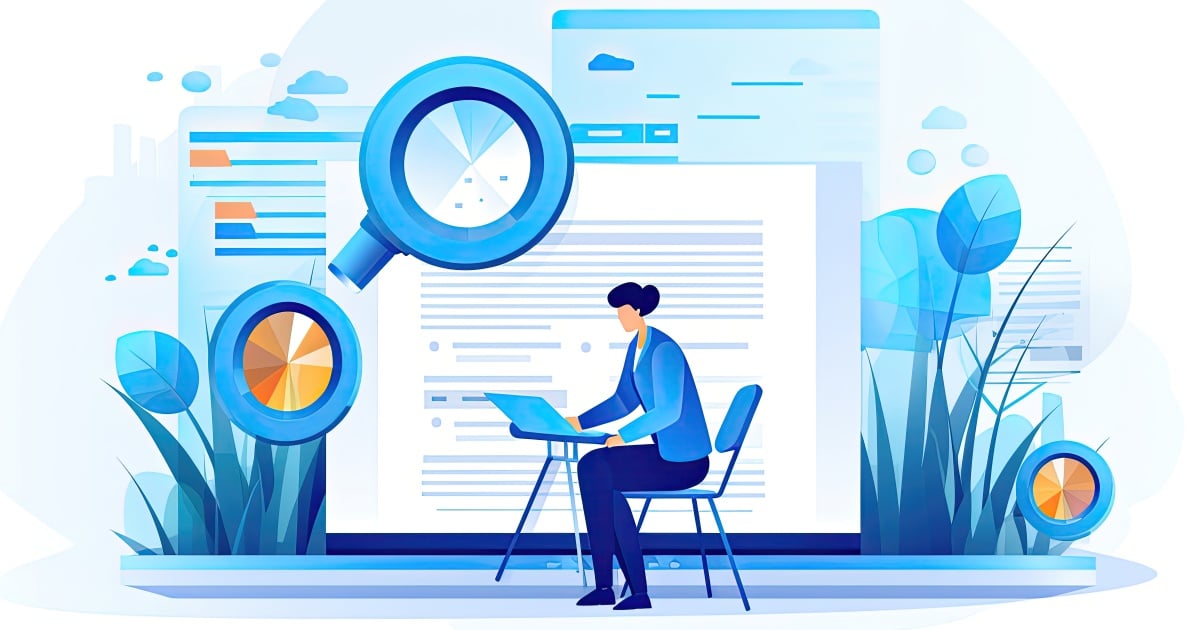What is environmental monitoring?
Every business has some form of IT infrastructure that is critical to its operational capacity. Any of these technologies can be impacted by a variety of environmental factors resulting in business downtime and lost opportunity, making monitoring these factors critical. By monitoring facilities and alerting businesses when installed sensors detect anomalies or readings exceed predefined thresholds, businesses can respond quickly, even before any damage occurs and businesses experience downtime.
Solutions like AVTECH Software ’s Room Alert are designed for just this kind of proactive monitoring of a variety of conditions that impact businesses. The idea is to enable businesses to monitor any conditions for which sensors have been developed, including temperature, humidity, smoke/fire, water/flooding, entry/exit, air flow, and more. When sensor data indicates a potential environmental incident – rising temperature, water in an IT closet, open office door, etc. – the Room Alert system notifies designated team members who can then take appropriate corrective action. It’s an important part of a successful business continuity strategy.
According to AVTECH Founder and CEO Michael Sigourney (News - Alert ), the issues, the conditions, and the data that Room Alert monitors haven’t changed
Michael Sigourney, CEO, AVTECH
much in the three decades he’s been in business. What’s changed is the underlying technology – the sensors, networks, alerting and communication, and response automation that monitoring drives. Having developed Room Alert alongside these market changes – from the birth of Ethernet to PoE to the latest enhanced security measures – AVTECH is now on the fifth generation of Room Alert to enable businesses to more effectively protect their digital and physical infrastructure – anything that might be impacted by environmental extremes.
AVTECH also manufactures its own sensors to collect the environmental data, but it has also intentionally built an open system to be compatible with other available sensors. It allows Room Alert to monitor anything for which sensors have been developed.
A New Era of Monitoring
Cloud has changed the work dynamic across industries and, frankly, the level of remote working that has taken place over the past year wouldn’t have been possible without cloud. But, despite the
Increasing consumption of cloud services, businesses still have plenty of on-premises technology that supports their daily operations. They may not have as many racks of servers, but they may have firewalls and routers in a data closet, or they may have sensitive corporate or customer data they need to store on-premises. As sensor technology has evolved, businesses are finding new ways to leverage their monitoring solutions.
“We’ve gotten more creative with what can and should be monitored,” said Sigourney. “If you look at the benefits of monitoring various environmental conditions that affect people, property, products, and technology, the applications are exciting and we’re seeing monitoring used in many new and innovative ways.”
Food service
Education
Regulated businesses
Flooding
Pharmaceuticals
Healthcare
Basically, if there’s a sensor to detect a condition, Room Alert can provide monitoring and alerting based on the data delivered by the sensors.
Rick Grundy, President, AVTECH
“We are always fascinated by the applications for our products because, ultimately, what we do is provide visibility into environment sensors that are applicable to all kinds of business in all kinds of industries,” says Rick Grundy, AVTECH president and COO. “There is really not a vertical that isn’t impacted by a failing AC or power loss or a burst pipe or smoke or other environmental extremes.”
That’s where AVTECH is not only seeing growth, but also innovation, as businesses in different markets are using Room Alert to add intelligence to their sensors to not only sense problems, but predict them, and to provide additional intelligence and action items based on alerts. For instance, a traditional detector is safety, but with Room Alert, businesses can integrate other processes to ensure operational continuity, such as backing up data or rolling over to remote sites.
To be clear, AVTECH isn’t a security company or a fire department, but they provide a layer of visibility, data, traceability, and logging that those services can’t, but which can be invaluable to businesses.
“A big part of what we provide is comfort and peace of mind,” says Sigourney. “By being able customize alerts, we ensure they mean something and deliver value to customers.”
AVTECH takes monitoring to yet another level with its Monitor360 technology. Individual sensors provide data on only the conditions they are designed to monitor. By developing a virtual sensor that combines data from different sensors, businesses can have a much more holistic understanding of their conditions and make better decisions.
For instance, by combining temperature, airflow, door, and power sensors, can give a company a better sense of the health of its cooling systems. If the temperature in a server room is climbing at 3:00am, the cooling unit is active, but the door is ajar, it may not require immediate attention. But, if the temperature is rising, power is on, and doors and windows are closed, the cooling system may not be working and may need more immediate attention.
The Pandemic Effect
Fortunately, while most of AVTECH’s team worked in the office, the company did have a few remote employees. So, when the pandemic hit, AVTECH had already done the research and implemented tools to support those workers and had scaled its distribution capabilities. As a result, it was able to make the transition very quickly and smoothly. More importantly, though, the company’s ability to respond quickly allowed it to continue serving its customers needs without interruption.
“Nobody’s plans included a global pandemic, but we had been doing planning ahead of that time as part of our overall scaling efforts and had established a distribution facility in Ireland and were onboarding a new distribution facility in Pennsylvania, along with our manufacturing,” explains Grundy. “That allowed us to remain agile with a distributed delivery network in place.”
It’s easy to think that while business facilities remained empty for months during the pandemic, monitoring wouldn’t be important. The truth is just the opposite. With everyone working remotely, nobody is in the office to notice if a server room door is open, if a cooling unit failed driving the temperature up, if power went out, if the ceiling leaked when snow melted on the roof, or any other incidents that could jeopardize operational continuity.
With the unprecedented and immediate shift to remote working, ensuring reliable access to communications and other corporate resources became more critical than ever. Without anyone in the office, if an incident that could disrupt access to those resources happened, nobody would know until it was too late.
“You might think an empty office is less important, but it’s actually the opposite,” says Rick Grundy, AVTECH president and COO. “You need to be able to monitor more than ever to make sure the resources people are connecting to are available and the unoccupied facility is protected from all sorts of issues.”
While Room Alert can’t actually monitor for a pandemic, it can deliver data to IT teams to help them support their organizations – not only during a pandemic, but at all times.
The truth is, most businesses were not adequately prepared for the transition and quickly slipped into survival mode, trying to figure out how to generate enough revenue to stay afloat. AVTECH realized that and, on it had its team settled into their remote settings, it took a slightly different approach.
“We started thinking about how to provide more value to our customers, knowing they were all struggling,” says Grundy. “Our hope was that by helping them now, we would create deeper relationships.”
One of the first things AVTECH did was upgrade its service levels. Customers on its Base or Personal tiers would automatically be subscribed to its Professional tier for six months. With the Pro tier, customers get advanced alerting capabilities and team collaboration tools, which would provide them more and better data about their infrastructure along with the tools to communicate more effectively about any incidents.
“A lot of our planning throughout the pandemic was with the mindset of giving back to our customers and becoming a source of valuable information,” explains Grundy. “It was important to make these tools available because they were going through the same things we were.”
The strategy grew out of AVTECH’s own BC planning. The company knew many businesses were not prepared, driving its strategic decision to drive increased awareness around BC strategies and how AVTECH and Room Alert could support them.
The company also launched its new Pro product line, which builds on its existing portfolio and, according to Sigourney, includes the highest level of encryption and highest performance in the monitoring space.
Increasing Business Continuity Awareness
When it comes to business continuity, security, and other proactive measures, most businesses have traditionally taken a wait and see approach and not spending on precautionary solutions until after they experienced an issue.
Not surprisingly, since March 2020, though, there’s been an increased focus on business continuity. Before the pandemic impacted the world, most companies would simply ask, “What’s the worst that can happen?” and hope for the best. When they were forced to vacate their buildings, they suddenly realized what the worst might look like – an incident would occur, but nobody would know about it because nobody is on-site. That drove many to take a hard look at their BC strategies and built an immediate case for monitoring.
Sigourney notes, “People really started to consider the ‘Don’t wait until it’s too late’ strategy much more carefully.”
Another big part of AVTECH’s strategy of delivering value during the past year included education and helping people understand business continuity and, more importantly, how monitoring can help prevent downtime so companies don’t have to react to it. As part of that educational process, AVTECH developed several free tools to simplify BC strategies and provide a BC checklist that could be used by any company – but in particular, those that didn’t really understand business continuity planning.
One of those tools is its Downtime Calculator , designed to simplify the information companies need to understand the true cost of downtime. While there are plenty of analyst reports that address the cost of downtime, most of them are generic values based an average cost per situation for an enterprise.
The problem is those figures don’t apply to smaller enterprises, and certainly not the SMB market that includes 99.7% of businesses in the United States. SMBs operate on a much smaller scale, yet they face the same revenue loss from downtime caused by environmental issues. Downtime Calculator provides a simple tool for understanding the potential loss SMBs will suffer – loss they can avoid by installing sensors and a monitoring solution.
The use cases are endless and vary by industry and, of course, enterprises running their own massive data centers have a significant need to monitor those as well. In fact, AVTECH can boast about having most of the Fortune 1000 and all branches of the U.S. government and military among its customers, but its solution is one of few in the tech space that truly is scalable in either direction, which is why it has taken a keen interest in serving the SMB space.
The Future of Monitoring
For more than three decades, there has been a need for monitoring, and many of the key conditions that companies need to monitor remain consistent. What’s changed is the enabling technology. New sensors allow for a variety of new conditions to be monitored, and the automation tools that drive communication and reactive measures have evolved, making it easier for businesses to ensure their operational continuity.
The interest in monitoring continues to grow as businesses learn more about how to truly ensure business continuity and understand what factors can impact their operations, worker safety, access to workspaces, and other business processes.
“We don’t see the need for monitoring going away,” Sigourney says. “It’s just that the locations and conditions that are being monitored continue to evolve.”
Like many other tech markets, the pandemic accelerated a trend that had already begun. Like remote working, now that businesses understand the need and benefits, they’re not going back. If anything, they will find more and more places, conditions, and events to monitor to maximize their ability to generate revenue.
Edited by
Erik Linask





